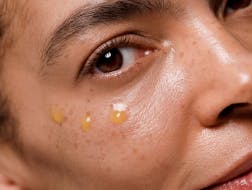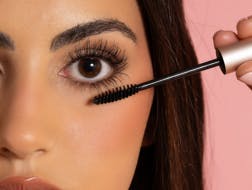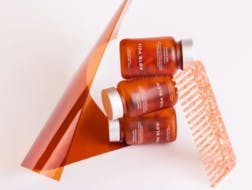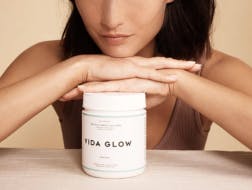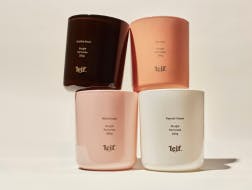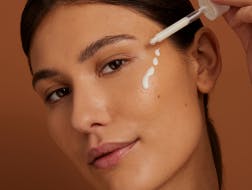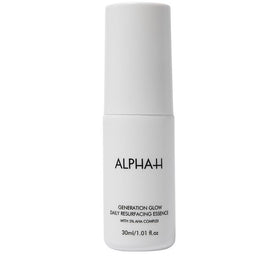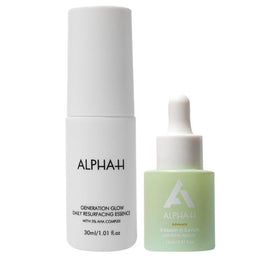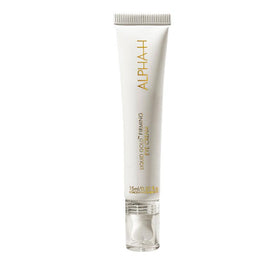Navigating Exfoliating Acids
written by: Maddie - Beauty Editorpublished on 12 Sep, 2022
Navigating Acids
Cast your minds back to 1995: where Friends was in its heyday, Michael Jordan was staging an NBA comeback and Michelle Doherty, Alpha-H's illustrious founder, created what would become their cult hero product, Liquid Gold Exfoliating Treatment.
Liquid Gold was – and is – a revolutionary product; a unicorn on the Australian beauty landscape with its 5% Glycolic Acid and low pH. And this was a time when little else exited in the way of acid exfoliants outside of a dermatologist’s office or beauty parlor. Fast forward to 2022 and we have so many acids in a plethora of formulations, it’s nearly impossible to keep up let alone understand which one’s right for you. So we’re going to cover the basics for navigating the world of acid-based exfoliants and help to guide you towards your perfect acid-packed product from Alpha-H.
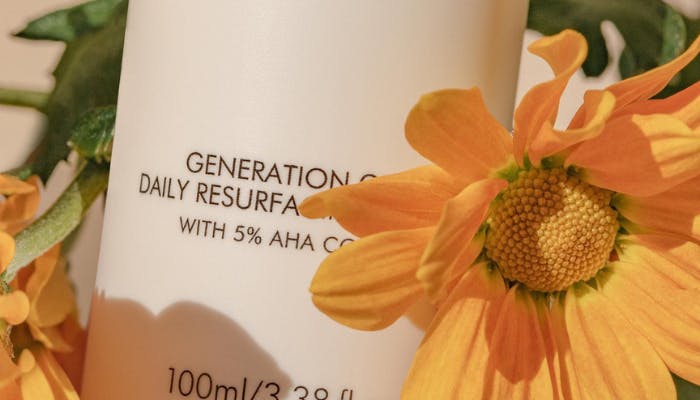
Exfoliating Acids (distinct from acids like Hyaluronic Acid and Ascorbic Acid (Vitamin C)) are split into two main family groups: Alpha Hydroxy Acids (AHAs) and Beta Hydroxy Acids (BHA’s). Both groups work in slightly different ways but with a similar result - accelerated skin turnover, triggering the skin’s natural regeneration response. This stimulates the skin’s production of collagen and hyaluronic acid which plumps the skin, reduces the appearance of fine lines, smooths uneven texture and helps to maintain a more youthful, radiant complexion. As you will see below, where they differ is in their intensity and what they are best at targeting.
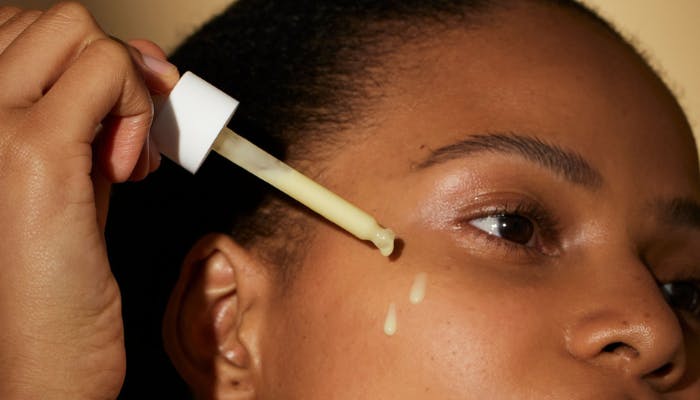
AHAs
The two most used AHAs in the world of skincare are Glycolic and Lactic Acids.
If you’re familiar with Alpha-H you’ll know that Glycolic Acid is their hero acid, and for very good reason. The smallest molecular structure of all the AHAs (Alpha-Hydroxy Acids), Glycolic Acid can penetrate that little bit deeper, working to break down the protein bonds holding dead skin cells to the surface and allowing them to lift away for a superior exfoliation.
With its larger molecular size, Lactic Acid offers a gentle approach to exfoliation perfect for those new to accelerating acids, or a more sensitised skin. Lactic acid is perfect for rejuvenating dull complexions and can also work to increase the ceramides in the skin’s protective barrier, boosting hydration and reducing the appearance of hyperpigmentation. The results? Smoother, more even toned, bright and radiant looking skin.
AHAs are water-soluble ingredients, meaning they are fantastic at breaking down the bonds holding the dead skin to the surface and helping to combat the signs of aging. They are not, however, as well suited to dissolving oil and debris that can clog up a pore. For that we need a BHA.
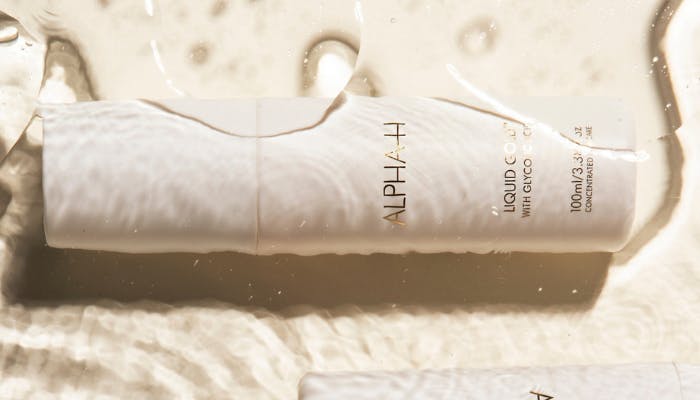
BHA
Enter the most powerful acid for fighting breakouts, blemishes and clogged pores: Salicylic Acid – the only BHA. As an oil soluble ingredient, Salicylic can break through oil deep into the pores, working to clean from the inside out. Clearing away dirt, debris and bacteria helps to break the repetitive cycle of a breakout, lessening the frequency and severity of pimples and blemishes. While reducing inflammation within the pore, it can also help to control excess sebum production and inhibit the growth of blemish causing bacteria, preventing the breakout from spreading.
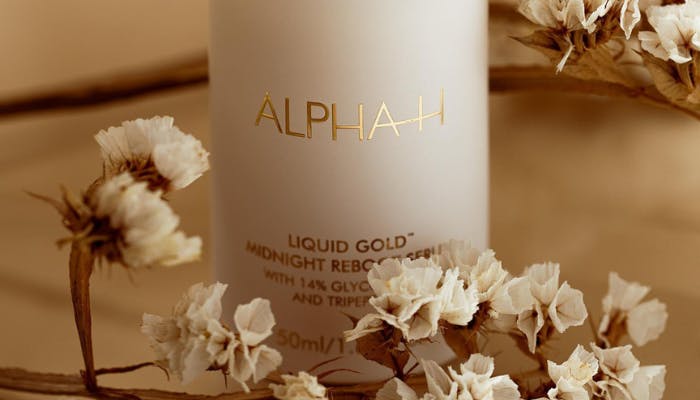
Now we understand a little more about how exfoliating acids work on the skin. Now to work out which Alpha H Accelerating Acid is right for you but before we do so, a brief caveat: If your skin is sensitive and easily irritated or you are currently taking medication for medically diagnosed skin conditions: put down the pads and step away from the acids! Your barrier may be compromised, and it is best to focus on building skin’s resilience before introducing actives. These products will help you to fortify the barrier and build healthy skin.
Still wondering what acid is right for you? This chart will help guide you to the Alpha-H acid that’s best for you!
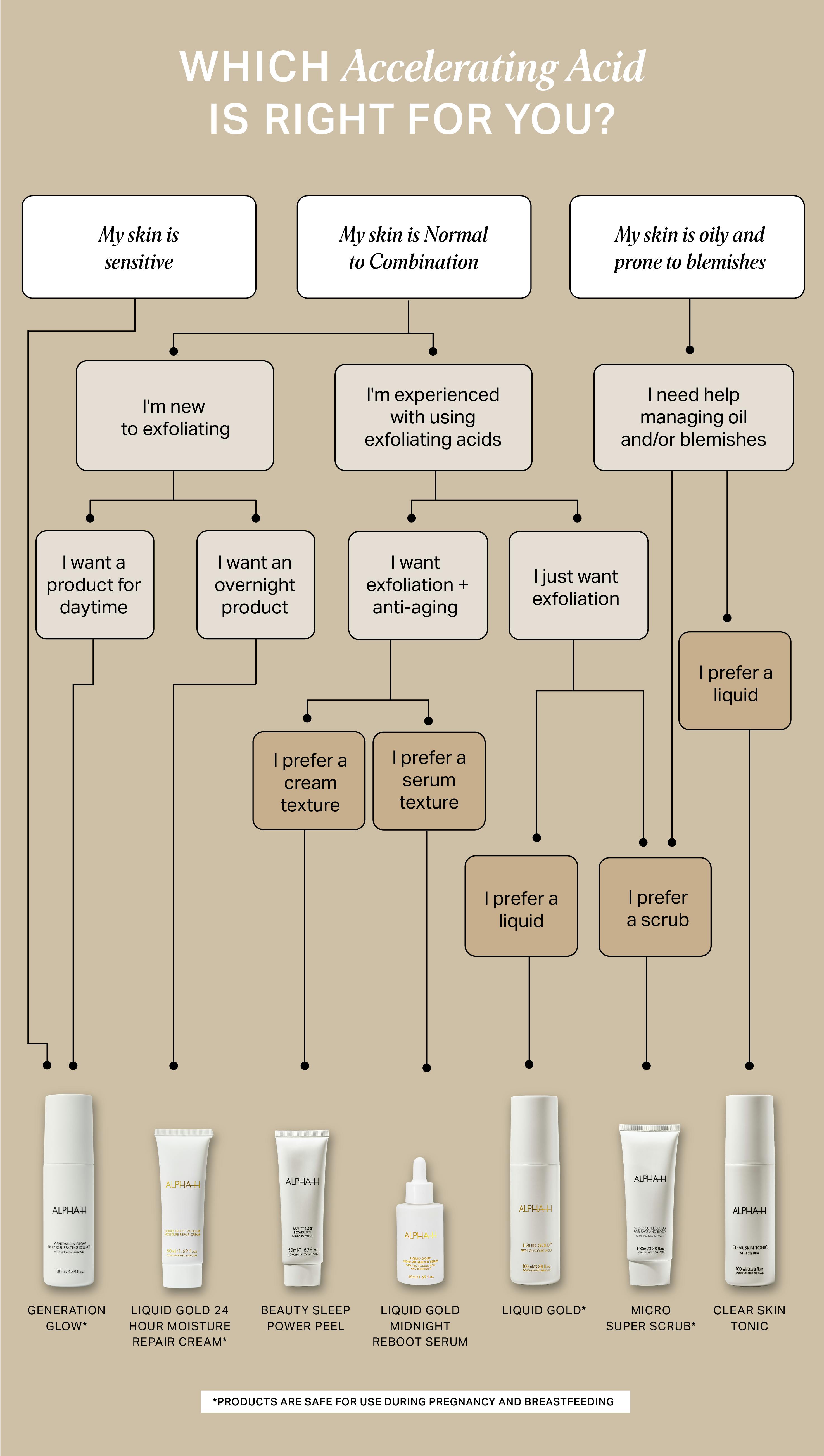

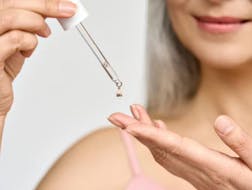

.png?ixlib=gatsbyFP&auto=compress%2Cformat&fit=max&rect=68%2C0%2C663%2C500&w=252&h=190)

